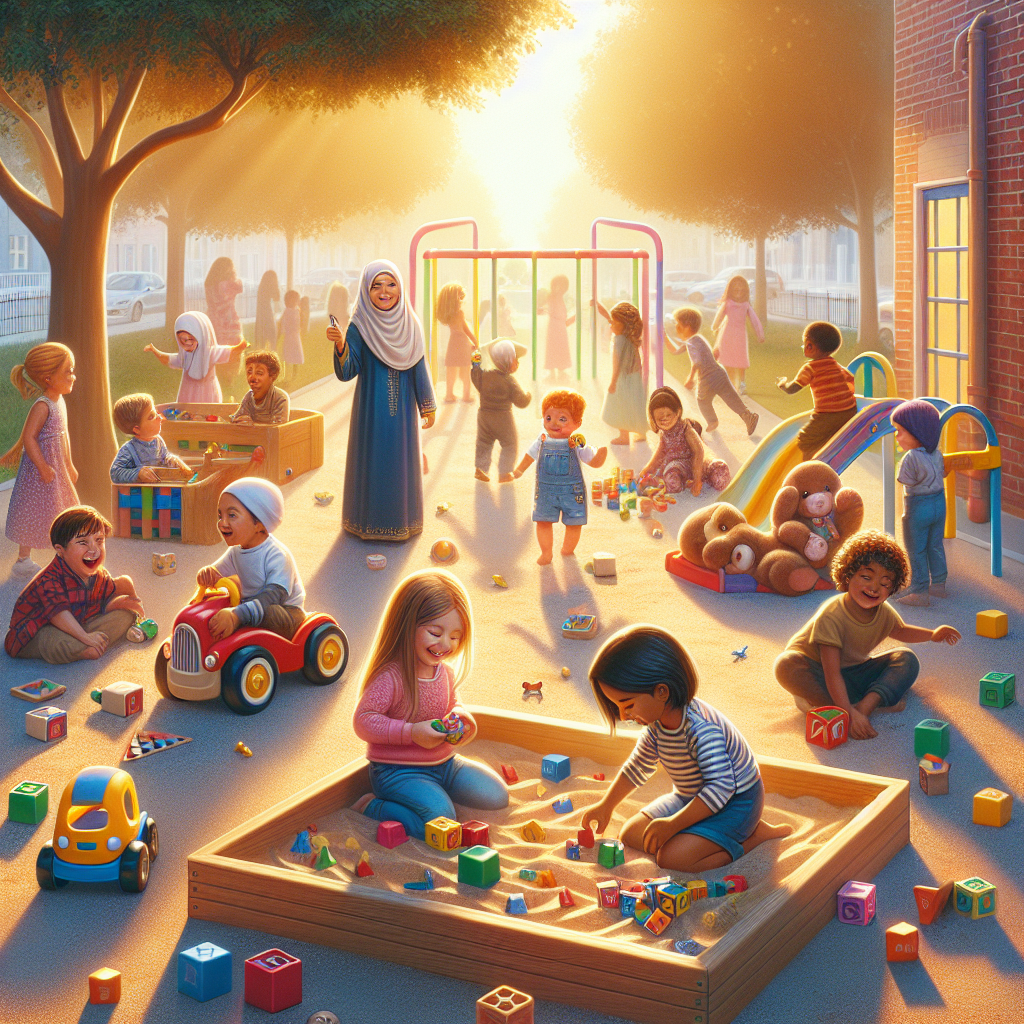How to Make Toys Part of a Child’s Daily Routine
Incorporating toys into a child’s daily routine is more than just a way to keep them entertained; it’s an essential part of their learning and development. Toys are powerful tools that can foster creativity, enhance motor skills, and build emotional intelligence. In this blog post, we will explore how you can seamlessly integrate toys into your child’s day-to-day activities, ensuring they benefit from both play and learning. Let’s dive in! 🎉
Table of Contents
1. Introduction
2. The Importance of Play in Child Development
3. Choosing the Right Toys
4. Creating a Routine with Toys
5. Encouraging Independent Play
6. Balancing Screen Time and Toy Time
7. Conclusion
8. FAQs

The Importance of Play in Child Development
Play is a crucial part of a child’s development. It helps in building cognitive skills, improving language abilities, and promoting physical development. When children engage in play, they learn to solve problems, interact with others, and express their emotions. Toys serve as the instruments for this kind of learning, making them indispensable in any child’s routine.
Choosing the Right Toys
Not all toys are created equal. It’s vital to choose toys that are age-appropriate and align with your child’s interests and developmental stage. Here are some tips to help you select the right toys:
1. Educational Value: Look for toys that challenge your child’s thinking and stimulate their creativity. Puzzles, building blocks, and science kits are excellent choices.
2. Safety First: Ensure that toys are made from non-toxic materials and have no small parts that could pose a choking hazard.
3. Versatility: Opt for toys that can be used in various ways. For example, a set of Lego bricks can be transformed into anything from a spaceship to a dinosaur, depending on your child’s imagination.
Creating a Routine with Toys
Integrating toys into your child’s daily routine doesn’t have to be a daunting task. Here’s how you can do it:
Morning Play: Start the day with a short play session. This could be a quick game or building something with blocks. It sets a positive tone for the day and gets their creative juices flowing.
Learning Time: Incorporate educational toys during learning sessions. Use alphabet games or math puzzles to make learning fun and engaging.
Afternoon Exploration: After lunch, encourage some outdoor play with toys like balls or frisbees. It’s a great way for kids to expend energy and enjoy the fresh air.
Evening Wind Down: As the day winds down, choose calming toys like a jigsaw puzzle or a soft toy to help your child relax before bedtime.
Encouraging Independent Play
Independent play is crucial for developing self-reliance and imagination. To foster independent play:
Set Up a Play Space: Designate an area in your home where your child can play freely. Ensure it’s safe and stocked with a variety of toys.
Limit Instructions: Allow your child to explore and play without too many directions. This encourages them to think independently and be creative.
Rotate Toys: Keep things fresh by rotating toys every few weeks. This prevents boredom and reignites interest in forgotten toys.
Balancing Screen Time and Toy Time
In today’s digital age, balancing screen time with traditional play is essential. Here are some strategies:
Create Screen-Free Zones: Establish areas in your home where screens are not allowed, encouraging more play with toys.
Set Time Limits: Allocate specific times for screen use and prioritize playtime with toys outside these hours.
Use Educational Apps Wisely: If screen time is unavoidable, choose educational apps that complement the learning from toy play.
Conclusion
Incorporating toys into a child’s daily routine is a rewarding endeavor that benefits both parents and children. By choosing the right toys, creating a routine, and encouraging independent play, you can nurture your child’s development while ensuring they have fun. Remember, the key is balance and creativity. Happy playing! 🧸
FAQs
Q1: How can I encourage my child to play with toys instead of watching TV?
A1: Create engaging play spaces and set specific times for toy play. Introduce new toys or rotate existing ones to maintain interest.
Q2: What if my child shows no interest in toys?
A2: Try different types of toys to find what excites them. Involve them in the selection process, and gradually introduce toy play as part of their routine.
Q3: How do I know if a toy is age-appropriate?
A3: Check the manufacturer’s age recommendation on the packaging and consider your child’s developmental stage and interests.
